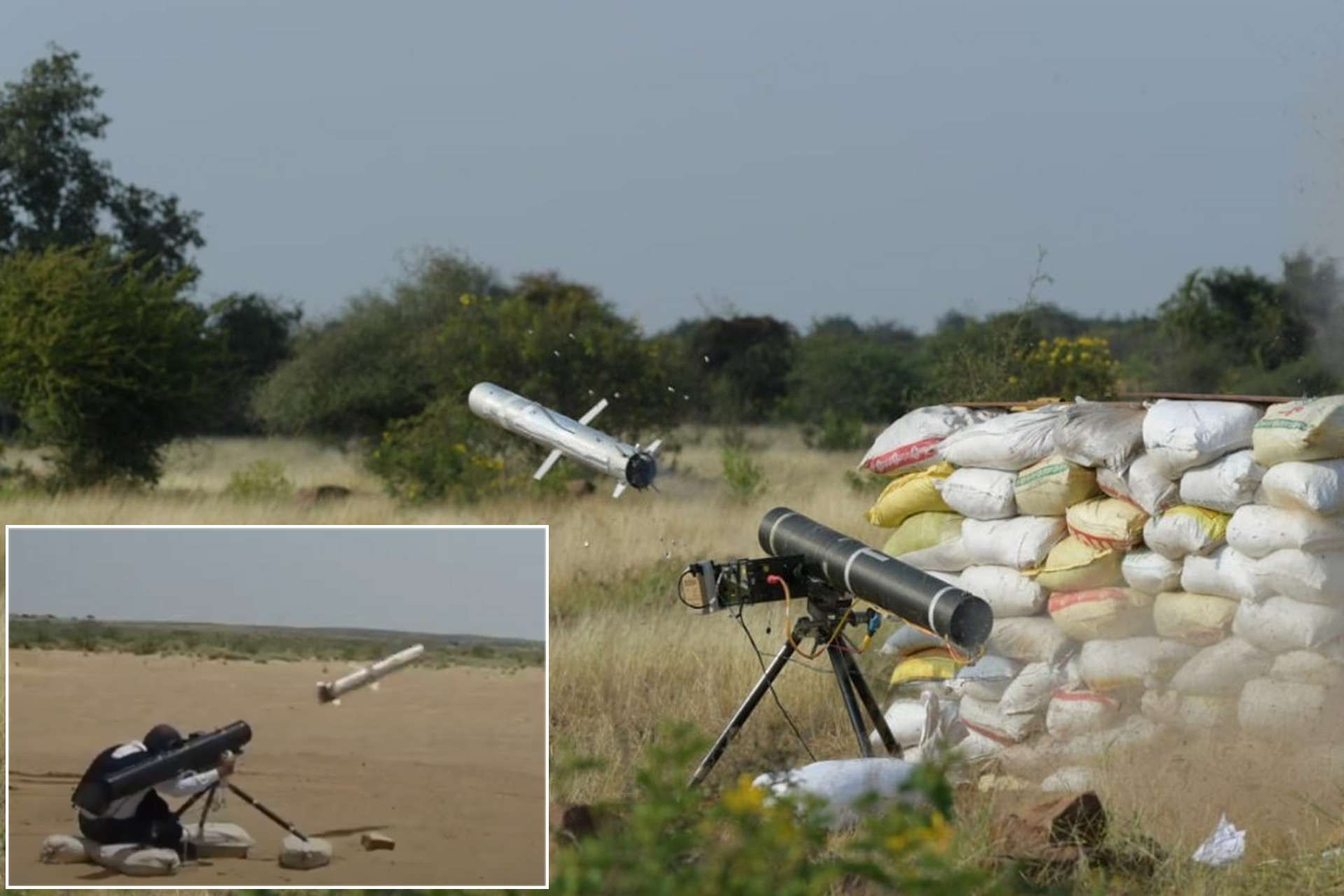SOURCE: AFI

The Indian Army is poised to significantly enhance its tank-based offensive capabilities with the Ministry of Defence (MoD) issuing a Request for Information (RFI) for the procurement of 1,500 new-generation Anti-Tank Guided Missile (ATGM) launchers, marking a strategic move to bolster its operational readiness. Sources indicate that the accompanying missile count could reach a staggering 20,000 units, making this a critical acquisition aimed at modernizing India’s armoured warfare capability.
In addition to ATGMs and launchers, the RFI also seeks simulators, underscoring the Army’s intent to incorporate advanced training systems. These simulators will help improve training efficiency and operational preparedness, ensuring that Indian forces remain at the forefront of anti-armour warfare tactics.
This procurement falls under the “Buy (Indian-IDDM)” category, which emphasizes indigenous content and self-reliance. As per the guidelines, the products must have a 60 per cent indigenous content. The Indian-IDDM (Indigenously Designed, Developed, and Manufactured) category is reserved for Indian vendors who have developed the products domestically. This move not only aims to strengthen India’s defense capabilities but also aligns with the “Make in India” initiative, promoting local defense manufacturing and reducing dependency on foreign suppliers.
Under this scheme, the products must meet the requirement of a minimum of 50 per cent indigenous content based on the total contract value, fostering a robust domestic defense industry.
According to the RFI, these new-generation ATGM systems must be capable of performing in all operational terrains, which include:
- Plains
- Deserts
- High-altitude regions up to 5,500 meters or 18,000 feet
- Coastal and island areas
This wide-ranging capability is crucial for India, which faces unique geographical challenges along its borders. These systems are expected to be deployed along both the western border with Pakistan and the northern border with China, where tank and armoured vehicle threats remain high.
Another key requirement of the RFI is that the ATGMs and launcher systems must function efficiently in a range of day-night conditions and extreme weather environments, such as rain, fog, humidity, dust, and extreme temperatures ranging from -45 degrees Celsius to +45 degrees Celsius. This operational versatility will ensure the Indian Army remains combat-ready in diverse environments, from the freezing conditions of the Himalayas to the scorching deserts of Rajasthan.
The new-generation ATGMs are required to provide the ability to destroy a variety of targets, including:
- Enemy tanks
- Armoured Personnel Carriers (APCs)
- Combat vehicles
- Low-flying helicopters
- Concrete structures
- Other vehicle-based weapon platforms
This comprehensive target elimination capability will give the Indian Army a tactical edge in multiple battlefield scenarios, ensuring that its forces can neutralize a wide range of threats.
The RFI highlights the importance of modular design, ensuring that the ATGM systems can be upgraded in the future without requiring significant structural changes. This flexibility will allow the Indian Army to integrate future advancements in missile technology, sensor systems, and targeting algorithms seamlessly, extending the lifespan of the systems and ensuring they remain relevant on future battlefields.
Moreover, the systems must facilitate integration and installation without degrading the performance of existing equipment or subsystems, ensuring ease of deployment and future interoperability.
The RFI has been issued to finalize Service Quality Requirements (SQRs), procurement categories, and to identify potential Indian vendors capable of delivering these systems within four years of contract award. SQRs serve as critical benchmarks for the equipment, ensuring that all procured systems meet the performance and reliability standards required by the Indian Army.